
Gold Mining Belt Conveyors: Design, Selection, Engineering Calculations & 2025 Technology Guide
Gold mining pushes conveyor systems to their absolute limits: sharp rocks up to 300 mm, highly abrasive quartz-rich ore, acidic leach solutions, 24/7 operation in extreme temperatures, and transport distances that can exceed 10 km. This in-depth 2025 guide explains the science and engineering behind reliable, long-life gold mining belt conveyors.
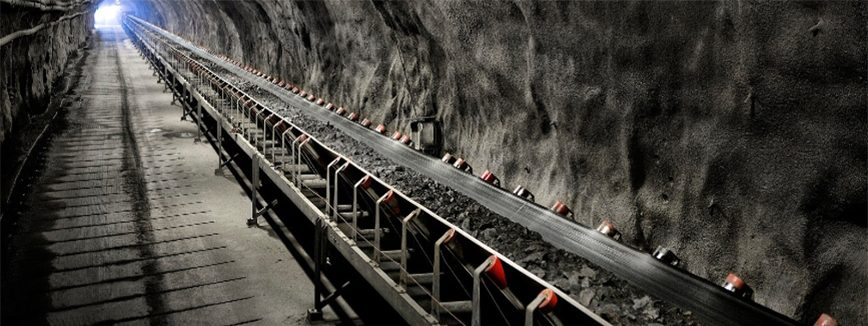
Why Gold Mining Is One of the Toughest Conveyor Applications
Abrasion index often > 300 (Mohs hardness 6–7 quartz content)
Impact loads from 1–3 ton rocks dropped from 5–10 m height
Corrosive environments (pH 2–4 from sulfide oxidation)
High tonnage: 500–6000 t/h common in large open-pit and underground mines
Long center distances and extreme elevation changes
Key Components Specially Designed for Gold Mines
1. Conveyor Belts for Gold Ore
| Belt Type | Cover Compound | Tensile Strength | Typical Application |
|---|---|---|---|
| Steel Cord (ST) | Grade X/Y (DIN22131) | ST3150 – ST7500 N/mm | Primary crushers, overland >3 km |
| Fabric EP | Super abrasion-resistant (SAR) | EP800 – EP2000 | Underground, short–medium distance |
| Aramid (Kevlar) | Low rolling resistance + SAR | Equivalent ST5000 | Energy-efficient long overland |
| Cut & Gouge Resistant | Special breaker fabric + thick top cover (20–40 mm) | ST4000+ | High-impact loading zones |

2. Idlers & Rollers for Extreme Conditions
Shell: 6–8 mm thick, high-chrome or polyurethane coated
Bearings: Sealed for life, lithium-complex grease with MoS₂ for shock loads
Sealing: 5-layer labyrinth + contact seals (IP66+)
Material: Duplex stainless steel (2205/2507) shafts in acidic environments
3. Pulleys & Drive Systems
Turbo-disc or T-bottom ceramic lagged pulleys (90%+ alumina tiles)
Variable Frequency Drives (VFD) + fluid couplings for controlled startup under full load
Typical power: 500 kW – 3×2000 kW for large overland systems
Power Calculation Example (Real Gold Mine Case)
Scenario: 3000 t/h gold ore, SG = 2.8, horizontal distance 4.2 km, lift +180 m
Belt speed selection: 4.5 m/s (common for high-tonnage gold mines)
Required belt width: 1800–2000 mm (ST5000 minimum)
Main resistances (CEMA 7th / ISO 5048):
Idler rolling resistance: 850 kN
Belt flexure + material flexure: 420 kN
Elevation: 180 m × 3000 t/h × 9.81 / 3600 ≈ 1470 kN
Total power required ≈ (850 + 420 + 1470) × 4.5 / (0.95 × 0.98) ≈ 6300 kW
Installed power: 4 × 1600 kW head drives + regenerative tail drive
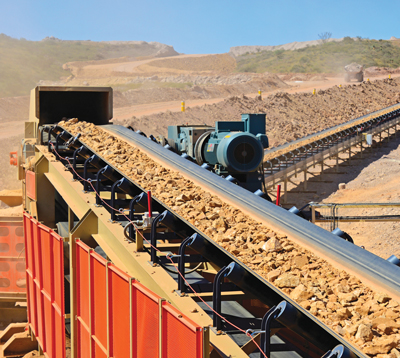
Special Gold Mining Conveyor Designs
1. In-Pit Crushing & Conveying (IPCC)
Fully mobile or semi-mobile crushers + shiftable conveyors reduce haul truck usage by up to 60%.
2. Regenerative Downhill Conveyors
Can generate 20–40% of total power demand in high-elevation mines (e.g., Yanacocha, Peru).
3. Sandwich Belt High-Angle Conveyors
Up to 90° lift angles for underground portal-to-surface transport.
2025 Technology Trends in Gold Mining Conveyors
Predictive maintenance using real-time belt rip detection (magnetic + AI vision)
Autonomous drone + AI inspection of overland corridors
Energy-efficient low-rolling-resistance rubber compounds (saving 10–15% power)
Carbon-fiber reinforced idler rollers (50% weight reduction)
Digital twins for entire conveyor routes
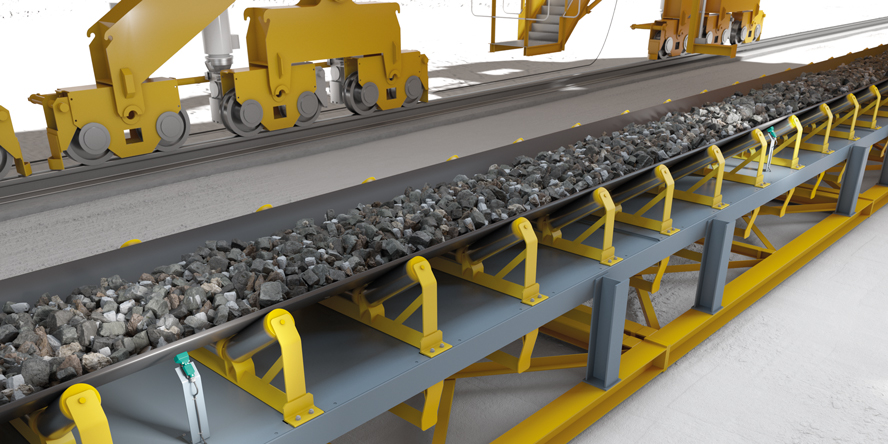
Conclusion
Gold mining belt conveyors are not standard industrial equipment — they require specialized engineering from belt construction to drive sizing. Correct design can deliver 15–20+ years of service life and reduce operating costs by millions of dollars annually.
Need a custom gold mining conveyor design or independent engineering review? Contact our mining conveyor specialists for load calculations, belt selection, and cost-benefit analysis tailored to your ore body.
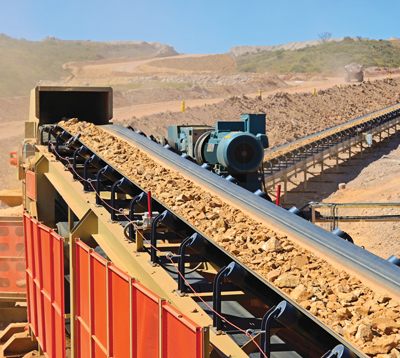 Gold Mining Belt Conveyors: Design, Selection, Engineering Calculations & 2025 Technology Guide
Gold Mining Belt Conveyors: Design, Selection, Engineering Calculations & 2025 Technology Guide
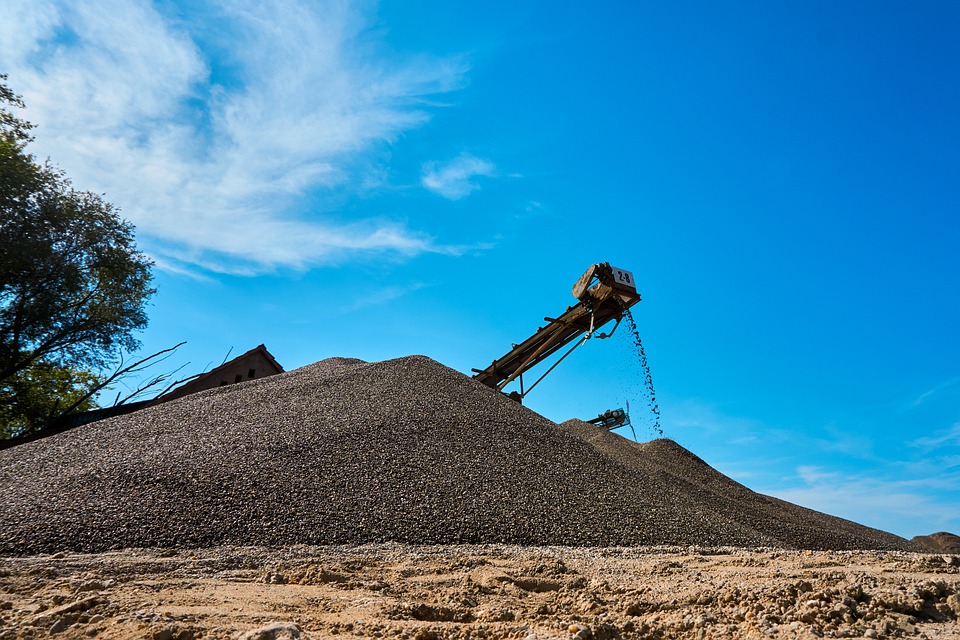 The Ultimate Guide to Material Handling Belt Conveyors in Mining, Aggregates, Quarries & Cement Plants
The Ultimate Guide to Material Handling Belt Conveyors in Mining, Aggregates, Quarries & Cement Plants
 Tubular Belt Conveyor: Revolutionizing Bulk Material Handling
Tubular Belt Conveyor: Revolutionizing Bulk Material Handling
 Understanding the Cost of Conveyor Belts: A Comprehensive Guide for Businesses
Understanding the Cost of Conveyor Belts: A Comprehensive Guide for Businesses
 How to Choose the Best Mining Conveyor Idlers for Your Operation
How to Choose the Best Mining Conveyor Idlers for Your Operation
 Daily Idler Maintenance Checklist: A Comprehensive Guide
Daily Idler Maintenance Checklist: A Comprehensive Guide
 How to Choose the Right Belt Conveyor Company: A 2025 Buyer’s Guide
How to Choose the Right Belt Conveyor Company: A 2025 Buyer’s Guide
 Conveyor Idlers Installation Guide: From Beginner to Expert
Conveyor Idlers Installation Guide: From Beginner to Expert


